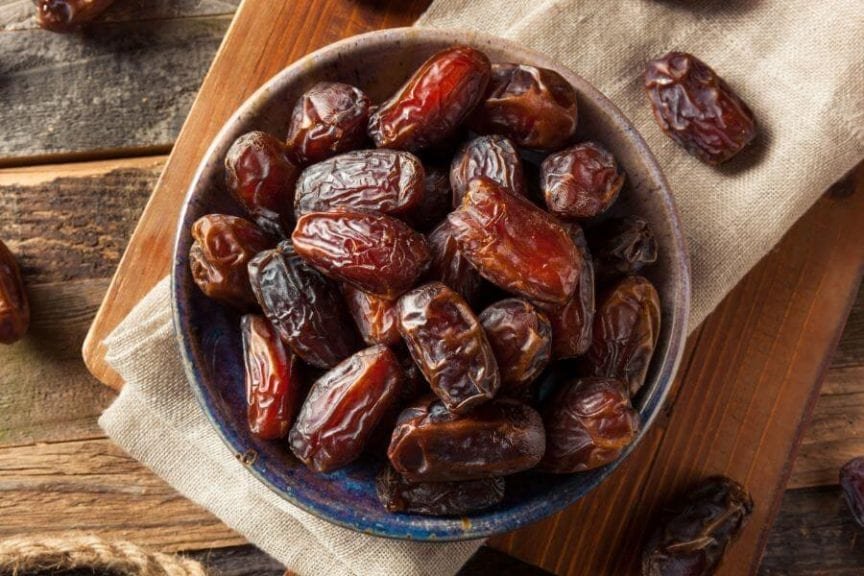Baking without sugar can seem like a daunting task, but with the right knowledge and ingredients, it’s possible to create delicious treats that are not only healthier but also just as satisfying. Whether you’re looking to reduce sugar intake, manage health conditions like diabetes, or simply explore different flavors, sugar-free baking is an exciting culinary journey. Here are some tips and healthy alternatives to help you bake without sugar.
1. Understand the Role of Sugar in Baking
Sugar does more than just sweeten; it affects the texture, moisture, and color of baked goods. When you bake without sugar, you need to compensate for these factors using healthier substitutes. Fortunately, there are several natural alternatives that can replicate sugar’s functions without sacrificing taste.
2. Natural Sweeteners to Use in Baking
- Honey: While it’s still a form of sugar, honey is a natural sweetener and can be a better option in moderation. It adds moisture and sweetness while also offering beneficial antioxidants. Use ¾ cup of honey for every cup of sugar, and reduce the amount of liquid in the recipe to prevent the batter from becoming too runny.
- Maple Syrup: Maple syrup is a great substitute for sugar, offering a rich flavor. It works well in cakes, muffins, and cookies. Like honey, maple syrup is sweeter than regular sugar, so use about ¾ cup for each cup of sugar.
- Agave Nectar: A plant-based sweetener that is sweeter than sugar and has a lower glycemic index. It’s an excellent option for those managing blood sugar levels. Use it in a 1:1 ratio to replace sugar.
- Stevia: Derived from the leaves of the Stevia plant, this zero-calorie sweetener has become increasingly popular as a sugar alternative. Stevia is much sweeter than sugar, so only small amounts are needed. Be sure to use a stevia product that’s formulated for baking.
- Monk Fruit Sweetener: Monk fruit extract is a calorie-free sweetener with zero glycemic impact. It’s often used as a one-to-one sugar replacement and is a great choice for those on low-carb diets.
3. Fruit and Vegetable Purees as Sugar Substitutes
Natural sugars found in fruits and vegetables can provide sweetness and moisture to your baked goods. These alternatives can help you create sugar-free desserts without compromising flavor.
- Bananas: Mashed bananas are a fantastic substitute for sugar in baked goods like muffins, cakes, and pancakes. They add natural sweetness and moisture. Use ½ cup of mashed banana for every cup of sugar.
- Applesauce: Unsweetened applesauce is another popular choice, especially for cakes and cookies. It offers natural sweetness and helps to retain moisture in your baked goods. Use ½ cup of applesauce to replace 1 cup of sugar.
- Dates: Dates are packed with natural sugars and fiber, making them an excellent option for creating sugar-free desserts. You can blend them into a puree and add them to your recipes for sweetness. Dates work well in brownies, bars, and cookies.
- Sweet Potatoes: Like bananas and apples, sweet potatoes are naturally sweet and offer a unique flavor when used in baked goods. Use mashed sweet potatoes to replace sugar, especially in cakes and pies.

4. Flavor Enhancers for Sugar-Free Baking
- Vanilla Extract: Vanilla adds a warm, sweet flavor that can help offset the absence of sugar in your baked goods.
- Cinnamon & Spices: Cinnamon, nutmeg, and other spices are great for adding depth and complexity to your baked goods without adding sugar.
- Cocoa Powder: Unsweetened cocoa powder provides rich flavor and can enhance sweetness in your baking recipes. It’s ideal for cakes, brownies, and cookies.
5. Consider Texture and Moisture
When baking without sugar, you’ll need to be mindful of the texture and moisture of your batter. Some sugar alternatives, like honey and maple syrup, add moisture, while others, such as stevia, might leave your dough a bit drier. To compensate for this, you may need to adjust your ingredients by adding extra eggs, nut butters, or yogurt.
6. Use Whole-Grain or Almond Flour
When reducing sugar, it’s also beneficial to consider what you’re using in place of refined flour. Whole grains like whole wheat flour and oat flour, or even gluten-free options like almond flour, can enhance the nutritional profile of your baked goods.
7. Be Patient and Experiment
Baking without sugar often requires a bit of trial and error. The texture, sweetness, and moisture of your baked goods may change when substituting sugar, but the results can still be incredibly rewarding. Don’t hesitate to experiment with different sugar alternatives until you find the right balance for your recipes.
Final Thoughts
Baking without sugar doesn’t mean sacrificing flavor. With the right substitutes, you can create delicious, healthier versions of your favorite treats. Natural sweeteners like honey, maple syrup, and stevia, combined with fruit purees and spices, offer the perfect solution for baking without the added sugars. Whether you’re looking to improve your health or explore new baking techniques, sugar-free baking is a satisfying and creative culinary adventure.




